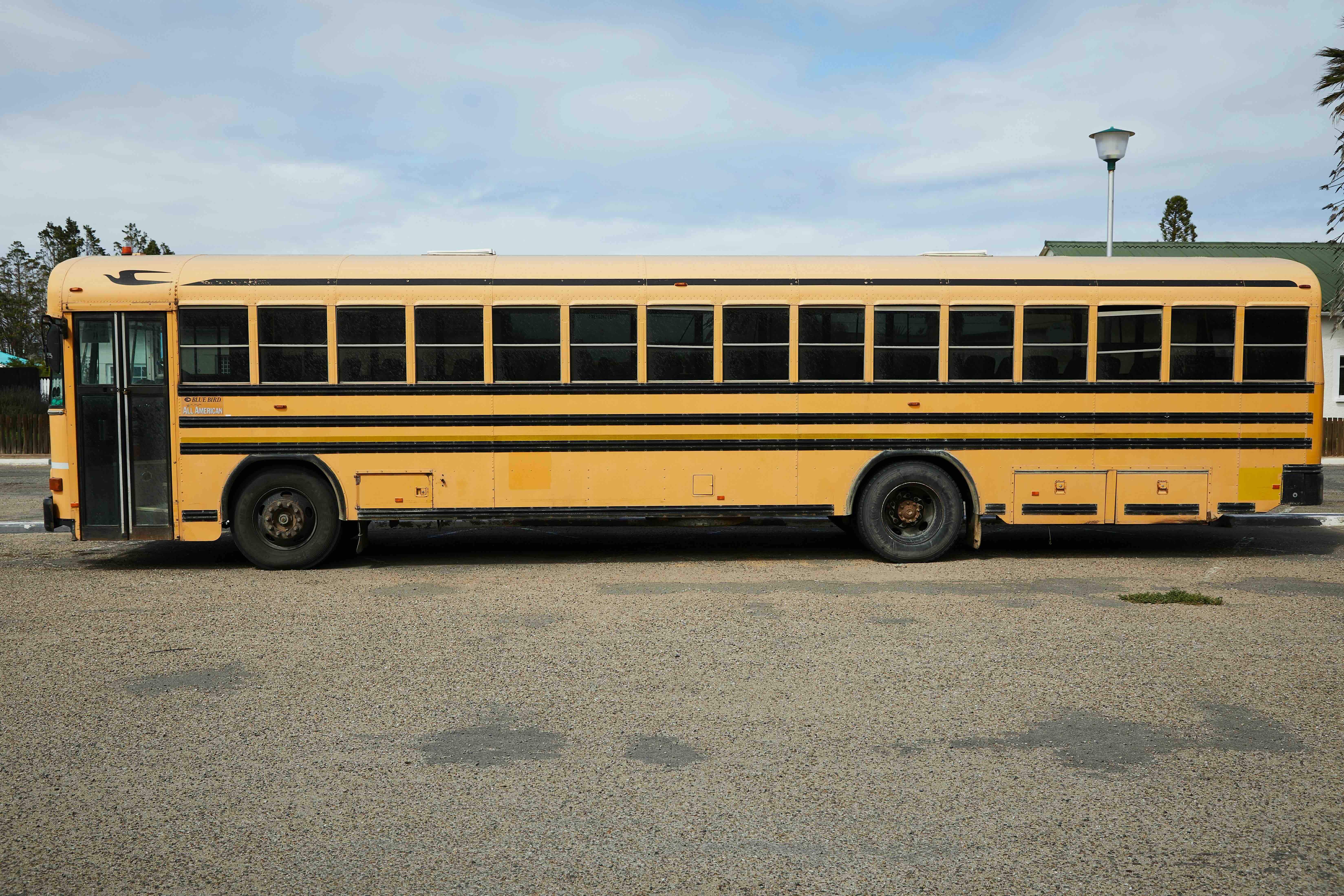Have a story idea
Have a story idea? Send it to us here.

Source : Pexels
March 8, 2024
Author : Patty Allen
A recent National Centre for Education Statistics study showed that approximately 98,500 public elementary and secondary schools in the United States enrolled 50.4 million students. Of that, around 27,500 public primary and secondary schools in rural areas are serving 9.8 million pupils.
At Contractor News, we have extensively reported on the lagging conditions of many schools in America and how children and staff deserve better than run-down buildings.
In California, 35% of its school districts have been classified as rural based on two factors: fewer than 600 students, and the district is located 25 miles from a city. Even Los Angeles County has some rural schools!
Most rural communities like Winterhaven struggle with poverty and drug abuse. Children from rural schools also lag behind their urban peers, with only 79% graduating high school, an abysmal 12 points behind the state average.
Despite the challenges, rural school superintendents explained state legislative officials rarely address rural districts' concerns when developing legislation.
In a rural school district like San Pasqual Valley Unified, where 591 students are enrolled, the administration is faced with innumerable obstacles, including a lack of proper special education resources, transportation, and hiring teachers and contractors. Superintendents in San Pasqual and other rural districts are now pleading for help.
The State laws with no forethought to these rural issues craft policies that can be difficult to implement. For instance, California mandated that school districts switch to electric buses by 2035. But in areas like San Pasqual Valley, a two-hour charge barely sustains the bus through the morning pickup. A breakdown would ?trand children in the middle of the desert in extreme heat.
"It makes no sense," remarked Superintendent Katrina Leon. "I'm all for clean energy, but we can't comply with this. There must be some flexibility for districts like ours."
Leon requested a waiver of the electric bus mandate, which she hopes the state will accept.
Other rural districts have the same difficulty. Superintendent Stacey Adler of Mono County is concerned about an electric bus's ability to safely transport children to school atop the 8,100-foot Conway Summit during a snowfall while, in Del Norte, one of the bus routes is 70 miles round-trip on poor road conditions.
So, is there a solution to this malady?
These school districts can seek for remedial funds through the federal Rural Education and Achievement Grant programs. But this money can only go toward salaries, internet connectivity, safe drinking, or other essential needs.
Even then, the funding is inadequately distributed with only 89 small districts and schools receiving a total of $5.2 million, with some schools only getting $6000. With the current inflation rate, this meager amount barely covers any expenses.
An additional $5 million is available for rural school infrastructure thanks to a federal grant the state recently obtained.
Rindy DeVoll, executive director of the California Rural Ed Network, has explained that the state can help rural districts by reducing paperwork, supporting them with grant applications, and providing more regulatory freedom.
For instance, in San Pasqual Valley, the nearest special education center is in Yuma, Arizona. Still, due to legislative red tape, students cannot attend it and would rather have to travel long distances.
In other remote locations like Mono County, the biggest obstacle has been the lack of housing facilities for teaching staff. Rural schools find it difficult to employ contractors, particularly in districts that border another state.
California law requires districts to hire California-licensed contractors. So, even if a district finds a qualified roofer in the next town, the district cannot hire them if that town is in Arizona, Nevada, or Oregon. Few contractors are willing to accept work that is many hours distant; therefore, many jobs are left unfinished.
These problems plaguing the smaller school districts, as many legislators are coming to understand, need to be addressed.
Category : Local Government State Government Schools
